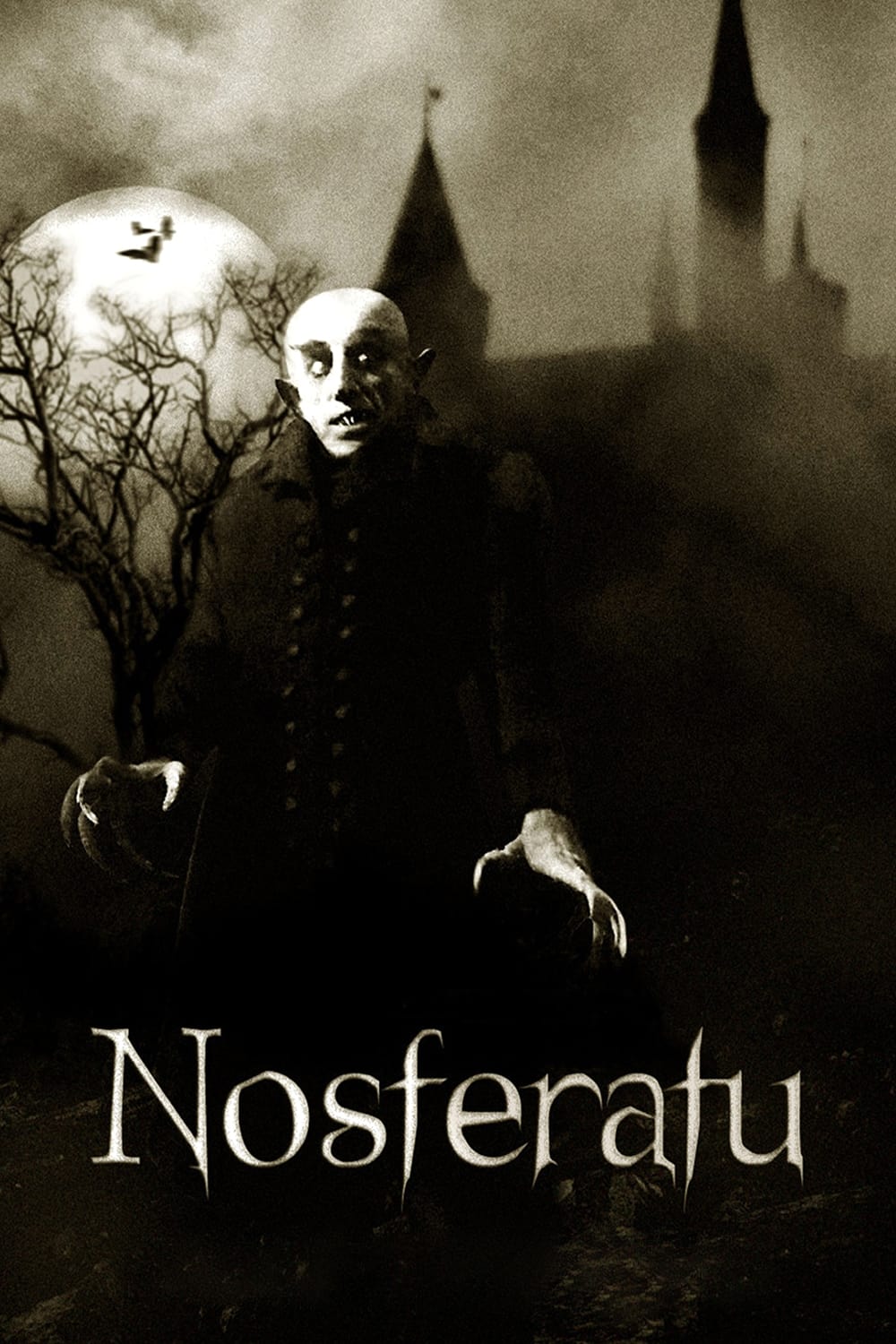Introduction
Horror films have been around since the early days of cinema, with silent films like Nosferatu
(1922) providing chills through creepy visuals and makeup. In the 1930s, Universal Pictures
popularized the
classic monster movies like Dracula and Frankenstein. These films built an audience for horror
through their
iconic monster characters.
In the 1950s, horror films evolved with advances in special effects and the popularity of science
fiction. Films like Invasion of the Body Snatchers (1956) played on fears of communism and alien
invasion.
Alfred Hitchcock also made major contributions to the genre with taut psychological thrillers like
Psycho
(1960). The 1960s and 70s saw the rise of low-budget, independent horror with the stylistic slasher
films of
Herschell Gordon Lewis. Night of the Living Dead (1968) reinvented zombies on screen. And films like
The Exorcist (1973) viscerally disturbed audiences like never before.

The late 1970s brought the rise of the slasher subgenre with John Carpenter's Halloween (1978) setting the template for decades of knife-wielding killers. The 1980s built on the slasher with franchises like Friday the 13th and A Nightmare on Elm Street. The 1990s saw a boom in self-aware horror with meta films like Scream (1996) deconstructing the tropes of the genre. Advances in CGI also allowed new supernatural threats in films like The Blair Witch Project (1999). The 2000s and beyond have seen the rise of "torture porn" horror, J-Horror remakes, and indie films experimenting with found footage. Horror remakes and expanded cinematic universes have also become popular. But the genre continues to evolve and test the limits of what we're willing to see and experience.


